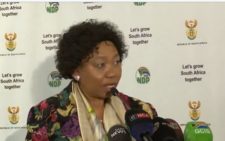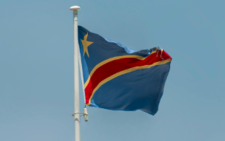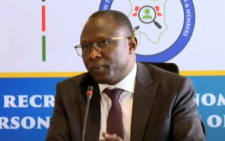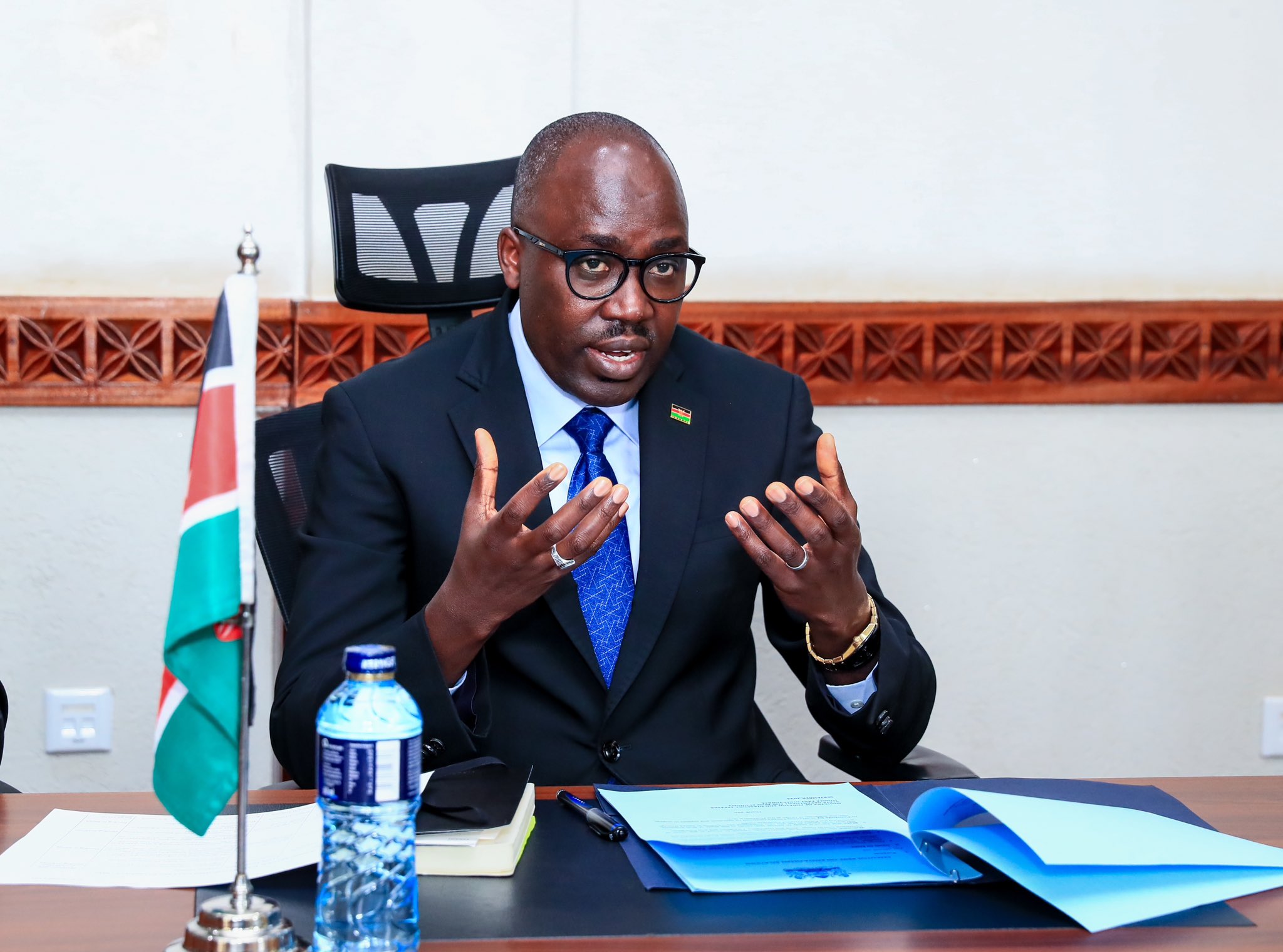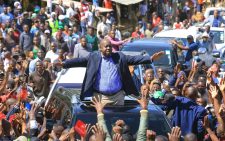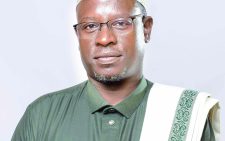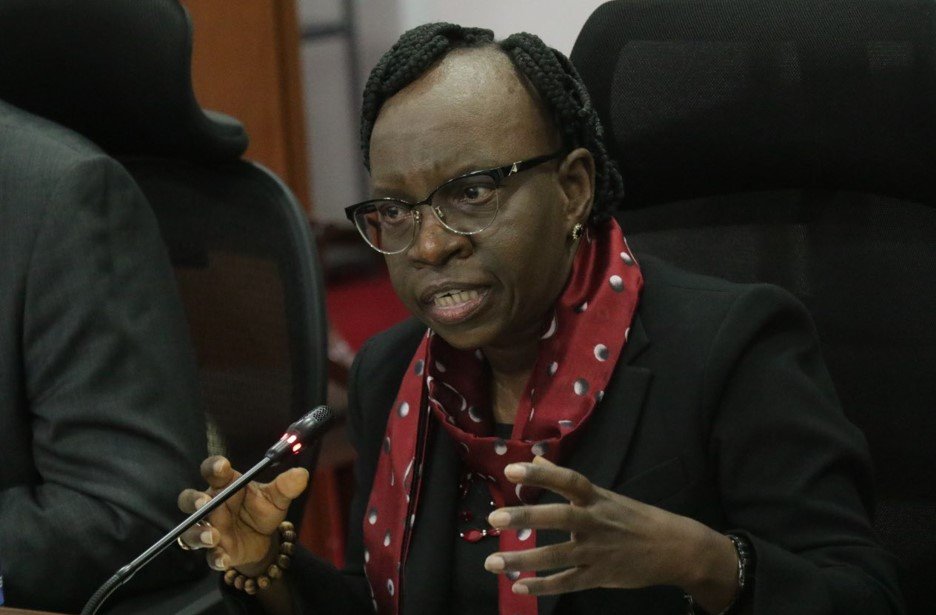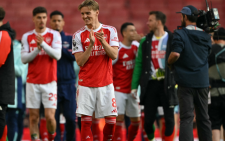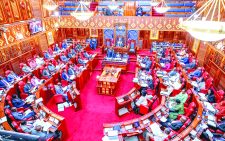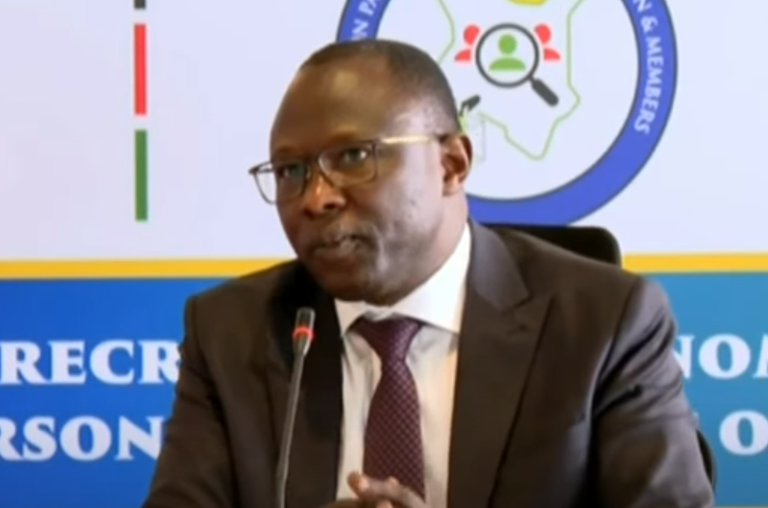Uhuru to chair DRC peace talks in Nairobi
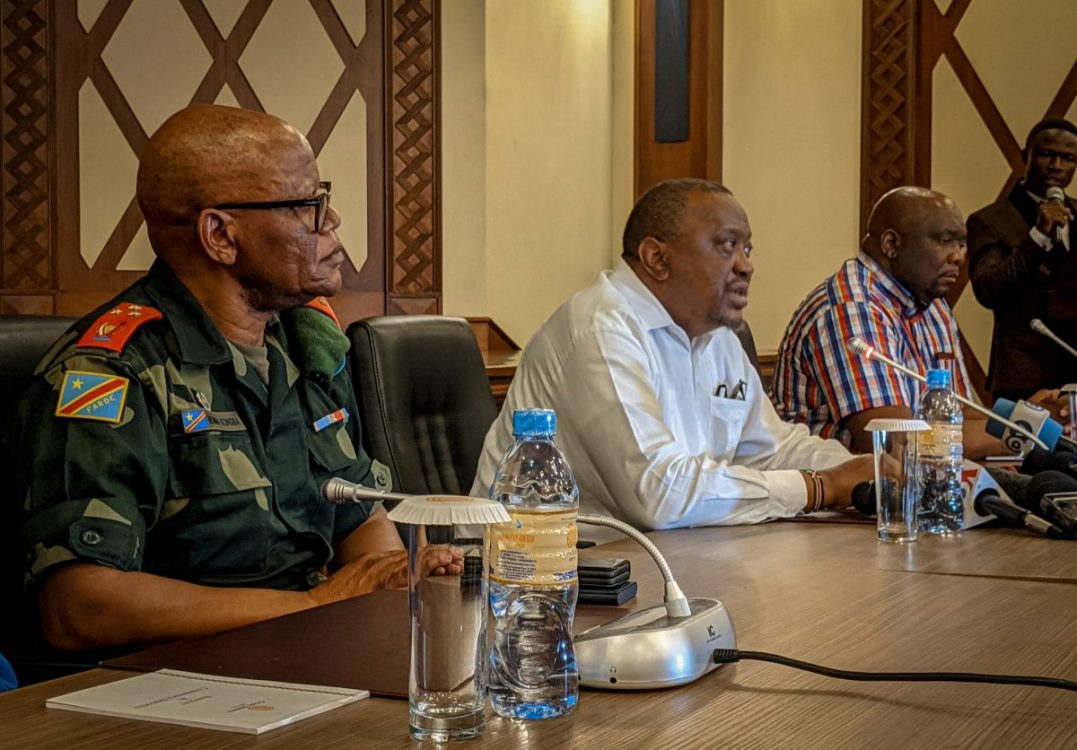
“Violence, bullets and guns will not be the solution,” is the message retired president Uhuru Kenyatta has been drumming up in his talks with the combatants in the DR Congo violence pitting M23 rebels on the one hand and government forces on the other.
“A lasting solution can only come from political dialogue. People sitting down, engaging and agreeing that they have differences — which they do — and agreeing that a lasting solution can only be through political engagement, being able to accommodate the differences and diversity and still remain united,” Uhuru told the media after the parties shook hands and agreed to give dialogue a chance.
The first part of that dialogue will take place in Nairobi on Monday. According to the Kenyan consulate in Goma, Uhuru, who is the EAC facilitator of the Nairobi Process on Peace and Stability in Eastern DRC was in Goma on Tuesday as part of his outreach sessions with those affected by the conflict.
As part of the mission, he visited a camp for internally displaced people near Goma. The violence has left millions without food or shelter.
“The EAC facilitator noted the misery, the cycle of conflict by armed groups, had inflicted on innocent men, women, children, and the old,” a statement from the consulate said.
In a meeting with security forces seeking to restore peace in the troubled region, Uhuru emphasised that the situation required urgent intervention by the international community, including the African Union and the UN Security Council.
Human suffering
He also urged humanitarian organisations such as Unicef, and the UN World Food Programme to urgently respond to the distress and human suffering that the displaced millions were enduring.
He further observed that rebel forces and their backers had failed to honour the terms of the Nairobi Conclaves. The talks had been agreed on by all EAC heads of State and required on fighting forces to remain in their positions. This would have allowed the East African Regional Force (EACRF) to position themselves to police the peace process.
“It is critical that this situation is resolved to allow for the facilitator to fully engage the EACRF to take their rightful positions and allow for the humanitarian situation to be resolved with utmost urgency,” the dispatch from the consulate said.
Addressing reporters in Kinshasa on Monday, Uhuru expressed optimism that from the pre-talks held ahead of the Nairobi’s Monday meeting, there was hope that the combatants would give dialogue a chance.
Mediation team
The talks had been requested by DR Congo President Félix Tshisekedi.
“We have not come here with a particular mind-set to dictate what should happen,” Uhuru told reporters. “We came here to listen to the people of Congo because our job is not to tell them what they need to do but to just facilitate (talks) and bring peace”.
He asked all the armed groups to lay down their arms and embrace peace talks.
“People want peace, people are tired of war,” he said.
Before flying to Kinsasha, Uhuru had been to Bujumbura in Burundi, where he met president Evariste Ndayishimiye, the chairman of East African Community Heads of State Summit as part of the peace process.
Ndayishimiye succeeded Uhuru as EAC Heads of State Summit chairman.
During the transition, the regional presidents asked Uhuru to continue spearheading the peace process — which he was already involved in — despite proceeding to retirement.
The peace message that he has been preaching in the DRC is the same he gave the combatants in the Ethiopia-Tigray violence, which has been made worse by the on-going humanitarian crisis. After the peace talks, which were held in South Africa last month and early November, Uhuru together with AU Horn of Africa envoy — former Nigerian president Olusegun Obasanjo — led, the Federal Democratic Republic of Ethiopia and the Tigray regional government agreed to a two-year ceasefire.
The peace will now pave the way for the people in need of food aid and medical supplies to get help, which could not reach them during the two years of deadly violence.
After the Ethiopia peace deal was signed, President William Ruto penned a message to celebrate Uhuru’s achievement.
“I reaffirm Kenya’s continued commitment to support the next steps in the peace process,” he said. “I, therefore, call upon the international community to intensify support for the mediation team as well as the respective parties, to ensure timely and binding outcomes.”
Soon after, the United States foreign relations office, through US Secretary of State Antony Blinken acknowledged Kenya’s role in the truce between Ethiopia and Tigray insurgents, saying it had expressed “appreciation” to President Ruto.
The Ethiopia war broke out after President Abiy Ahmed started pushing for centralisation by increasing the federal government’s power and minimising the autonomy of regional governments as a way of unifying the country. This move was resisted by Tigrayans who had elected a government ran by the Tigray People’s Liberation Front (TPLFM).
The party had ruled Ethiopia for three decades until Abiy, a member of the Oromo ethnic group, took over in 2018 when Hailemariam Desalegn was forced to step down following protests against political restrictions and human rights abuses.
Soon after Abiy took over, Tigrayan politicians were purged from positions of power, with some being charged with corruption or human-right abuses. This opened a deep chasm between the Tigray region which had enjoyed disproportionate power and influence since 1991 when Meles Zenawi, a Tigrayan took power.
